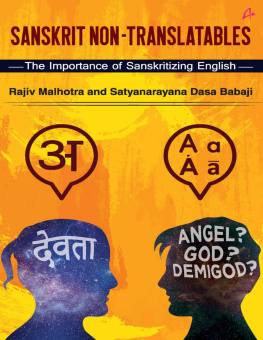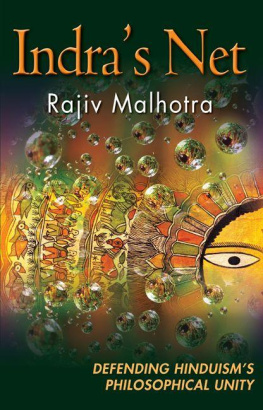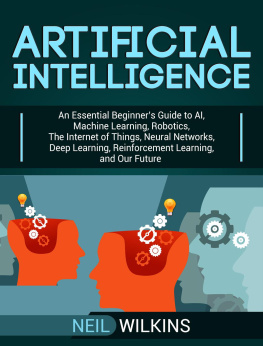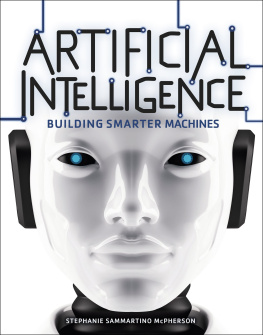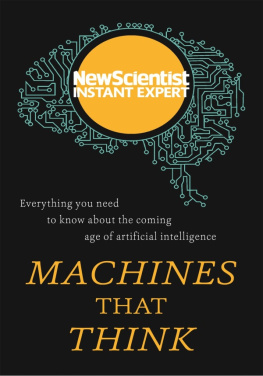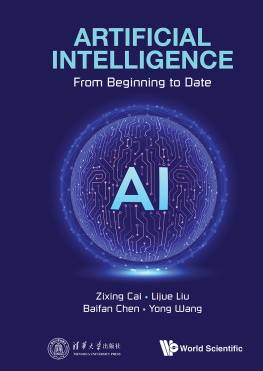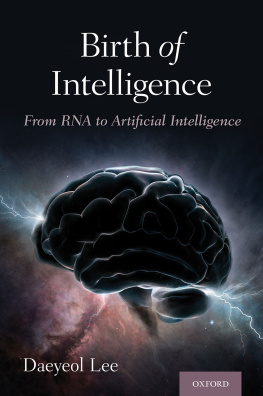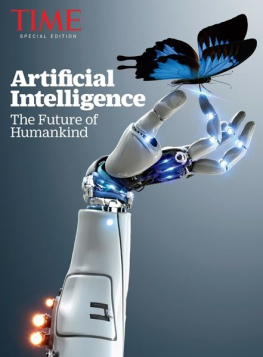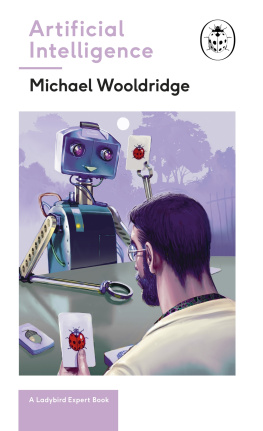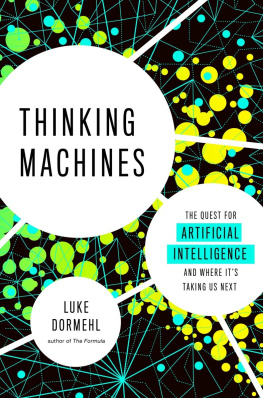

Published by
Rupa Publications India Pvt. Ltd 2021
7/16, Ansari Road, Daryaganj
New Delhi 110002
Copyright Infinity Foundation 20182021
All rights reserved.
No part of this publication may be reproduced, transmitted, or stored in a retrieval system, in any form or by any means, electronic, mechanical, photocopying, recording or otherwise, without the prior permission of the publisher.
The views and opinions expressed in this book are the authors own and the facts are as reported by him which have been verified to the extent possible, and the publishers are not in any way liable for the same.
ISBN: 978-93-90356-43-0
First impression 2021
The moral right of the author has been asserted.
This book is sold subject to the condition that it shall not, by way of trade or otherwise, be lent, resold, hired out, or otherwise circulated, without the publishers prior consent, in any form of binding or cover other than that in which it is published.
Dedicated to
the young scientists and technocrats
CONTENTS
List of pages
INTRODUCTION
It is extremely easy to find people who speak pleasantly. But it is rare to find people who speak and hear true words even when they are not pleasing to hear.
Ramayana
My love for both physics and philosophy, which started in childhood, went on to become a lifelong passion, a quest that continues to this day. As a college undergraduate, I immersed myself in the nascent field of consciousness studies and discovered that renowned theoretical physicists, such as Werner Heisenberg and Erwin Schrdinger, had been inspired by Vedic insights and used them as the philosophical lens for understanding quantum mechanics. This approach came to be accepted as one of the interpretations of quantum mechanics in the twentieth century and has, since then, influenced many scientists.
Later, while studying computer science in the US, I became interested in algorithms. An algorithm is a systematic, step-by-step process to achieve an outcome, like a recipe, whether for cooking, getting a drivers license, or managing payroll. Algorithms are typically used to describe streamlined, repetitive and predictable procedures.
The interplay between my spiritual quest and interest in computer science generated many questions that have intrigued me for the past several decades, such as:
- Physics can be viewed as the discovery of natures algorithms. But is nature only algorithmic, or are there also natural processes that cannot be modeled as algorithms because they transcend all algorithmssuch as exalted spiritual experiences?
- What are the limits of algorithms in modeling humans? In particular, is it possible to model human psychology, emotions, and intuitions as algorithms?
- If all processes could, in principle, be modeled as algorithms, what would be the implications for free will and the nature of consciousness?
- How is rtam (rita), an important term used in the Rig Veda to refer to the patterns that comprise the fabric of all existence, related to algorithms? Is rtam related to algo-rithm?
In the early 1970s, a subject of intense discussion was the investigation of a category of algorithms under the umbrella term of Artificial Intelligence (AI). That is when I started out as a graduate student specializing in AI; the aim was simply to develop algorithms for activities like playing chess. At the time, the best computer program could only just beat an average human player. But that was then. It took a quarter of a century for the major milestone in 1997 when an IBM computer program named Deep Blue defeated Garry Kasparov, the reigning world chess champion. The rest, as they say, is history.
My lifelong quest has been to understand the nature of intelligence, both natural and artificial, and how it plays out at various levels. To pursue this quest, I set up Infinity Foundation in 1994, a nonprofit organization to promote dialogue between Eastern and Western schools of thought. Its first projects included investigations in consciousness studies.
DISRUPTIONS AND BATTLEGROUNDS
Fast forward a quarter century. I have recently reconnected with AI, a field of research that has been reborn as a new force. Artificial Intelligence is amplifying human ingenuity and is the engine driving the latest technological disruption silently shaking the foundations of society. My use of the term is not limited narrowly to what AI is specifically in the technical sense, but also includes the entire ecosystem of technologies that AI propels forward as their force multiplier. This cluster includes quantum computing, semiconductors, nanotechnology, medical technology, brain-machine interface, robotics, aerospace, 5G, and much more. I use AI as the umbrella term because it leverages their development and synergizes them.
On the one hand, AI is the holy grail of technology; the advancement that people hope will solve problems across virtually every domain of our lives. On the other, it is disrupting a number of delicate equilibriums and creating conflicts on a variety of fronts.
Given the vast canvas on which AIs impact is being felt, one needs a simple lens to discuss its complex ramifications in a meaningful and accessible way. After several rounds of restructuring the book, I zeroed in on using the following key battles of AI as the organizing principle. Artificial Intelligence plays a pivotal role in each of these disruptions, and each of these battlegrounds has multiple players with competing interests and high stakes:
- Battle for economic development and jobs
- Battle for power in the new world order
- Battle for psychological control of desires and agency
- Battle for the metaphysics of the self and its ethics
- Battle for Indias future
These battles already exist but AI is exacerbating them and changing the game. In each case, the prevailing equilibriums are disintegrating, and as a result, creating tensions among the parties held in balance. We are entering an epoch of disequilibrium in which a period of chaos is inevitable. Eventually, however, a new equilibrium will be established, and a new kind of world will emerge.
What follows is how AI is shaping these battles.
Battleground 1: Economic Development and Jobs
A recurrent debate surrounding AI concerns the extent of human work that could be replaced by machines over the next twenty years when compared to new jobs created by AI. Numerous reports have addressed this issue, reaching a wide range of conclusions. Experts consider it a reasonable consensus that eventually a significant portion of blue- and white-collar jobs in most industries will become obsolete, or at least transformed, to such an extent that workers will need re-education to remain viable. This percentage of vulnerable jobs will continue to increase over time. The obsolescence will be far worse in developing countries where the standard of education is lower. Forecasts, however, disagree on the precise timing of this disruption and on the types of human work that might remain safe from machines in the long run.
The routine assurance given to these reasonable concerns is that when AI eliminates certain jobs, those employees forced out will move up the value chain to higher-value tasks. This simplistic and misleading answer overlooks the fact that the training and education required to advance people is not happening nearly at the same feverish rate as the adoption of AI. Those that promise the solution of re-education have not thus far put their money where their mouth is. The gap of employee qualifications will inevitably widen.
Next page

